Korean Independence Movement Day, or the March 1st Movement Day, is a national holiday in South Korea. It’s probably one of the more culturally relevant holidays you need to know about, especially if you’re learning about Korea and Korean culture.
This March 1st holiday is rich in history, so take a walk down Korean culture lane with us, and we’ll tell you all about it!
Contents
Korean Independence Movement Day: The March 1st Movement
The Korean Independence movement was an ongoing campaign to liberate Korea from Japan since 1910. The campaign reached a high point on March 1st, 1919.
On this day, a series of public demonstrations happened when Japan was still occupying Korea. These were public demonstrations against the Japanese Government. It was a nationalistic show of strength and resistance against Japanese military rule in Korea.
When is the March 1st Movement Day?
As the name implies, the March 1st Movement is celebrated on March 1st every year. This is a public holiday, which means most offices and schools are closed to commemorate the day.
Because this happened on March 1, 1919, the holiday’s official name became the March 1st Movement Day or Sam-il Movement Day (literally meaning Three – One or March 1st).
March 1st Holiday in Korea – 삼일절 (Samiljeol)
On March 1st every year, Korean people celebrate The March 1st Movement Day, known in Korea as 삼일절 (Samiljeol).
The name 삼일절 (samiljeol) can be broken into three parts:
삼 (sam) = 3
일 (il) = day / 1
절 (jeol) = festival day (word suffix)
The direct translation is “3-1 Festival Day.” This celebration reminds Koreans what happened during the public resistance on March 1st. The demonstrations are also sometimes called 만세운동 (manseundong), which means “Manse Demonstrations.” These protests were marked by mass gatherings in public spaces, which the Japanese military police, of course, tried to suppress.
What happened on March 1?
On March 1st, 1919, 33 Korean Movement core activists read the Korean Declaration of Independence. Their goal was to put an end to the Japanese occupation in Korea.
Following that, over 2 million Koreans participated in over 1500 demonstrations nationwide, which the Japanese military police attempted to control. This became the biggest national protest against foreign dominance in Korean history. In the end, there were approximately 7,000 people killed, 16,000 wounded, and 46,000 were arrested by the Japanese police force and soldiers. On top of these, many houses, churches, and buildings were burned.
This event caused a lot of change for the Korean Independence movement. Many March 1st Movement leaders fled to other countries and continued their activism there. Some activists flew to parts of China, like Shanghai, where the Korean Provisional Government was eventually established.
The March 1st Movement Day was declared a national holiday in Korea on May 24th, 1949.
How is Independence Movement Day Celebrated in Korea?
Every March 1st, South Koreans commemorate the holiday through different activities honoring the spirit of the Korean independence movement. Here are some of them.
These include attending commemorative ceremonies and events, participating in reading the Declaration of Independence aloud in public gatherings, and visiting historical sites related to the movement. Additionally, cultural events such as concerts, exhibitions, and educational programs are organized to educate the public about the historical significance of the day and to celebrate Korean heritage and national pride.
Reading the Declaration of Independence
This holiday is celebrated by reading the Korean Declaration of Independence from 1919. The reading takes place in Tapgol Park (formerly Seoul’s Pagoda Park).
Korean flags can be seen everywhere
One notable thing is you’ll see Korean flags everywhere on this day. 태극기 (taegeukgi), the Korean flag, is raised in homes, businesses, and institutions.
Celebrations throughout the country
There are also numerous parades, concerts, and exhibitions to commemorate the day. During exhibitions, a re-enactment of the March 1st Independence Movement Day also happens. This gives the audience a glimpse of what occurred in the past.
Wrap Up
So there you have it! You’ve now learned about one of Korea’s most culturally relevant holidays.
Interested in more of Korea’s national Holidays? Check out these articles below:
- National Liberation Day of Korea (Gwangbokjeol) – Celebration of Independence
- National Foundation Day in Korea
What will you do to celebrate Independence Movement Day in South Korea? Let us know in the comments!

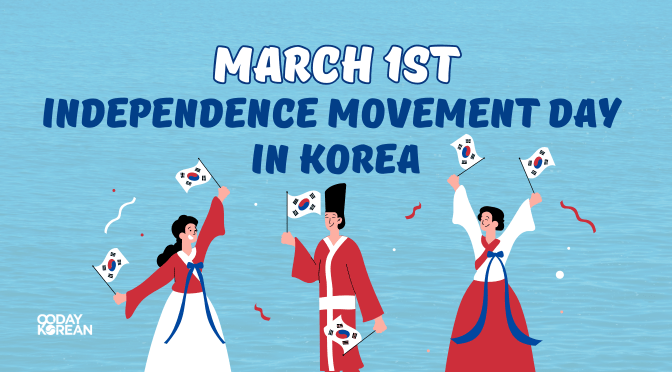
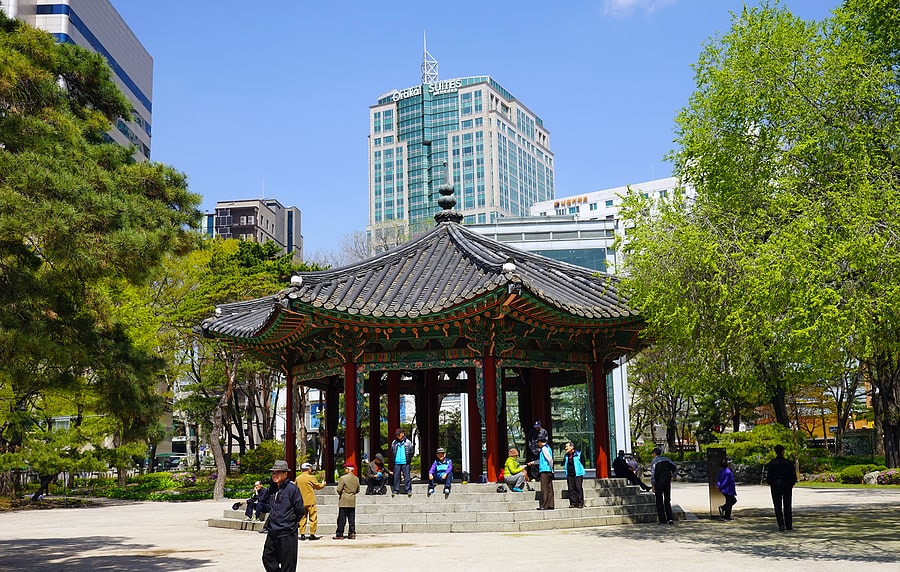
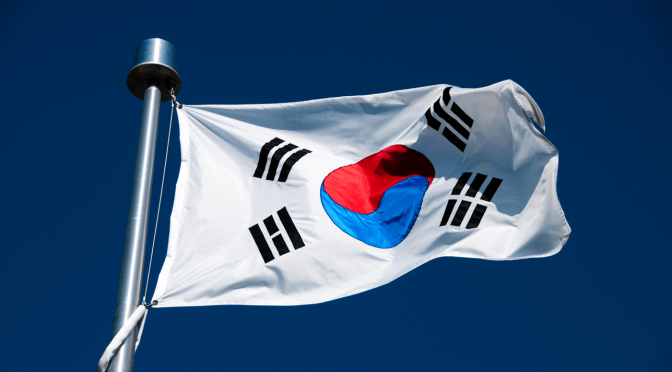
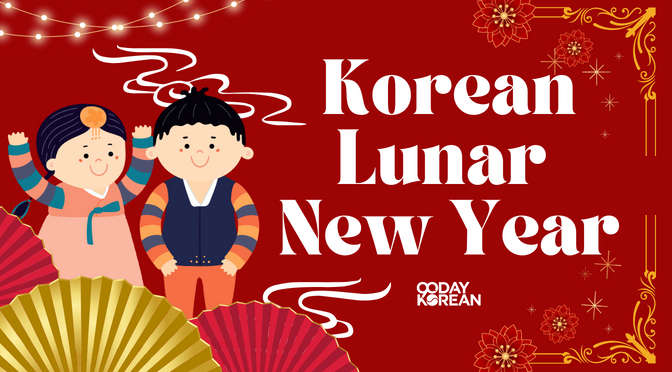
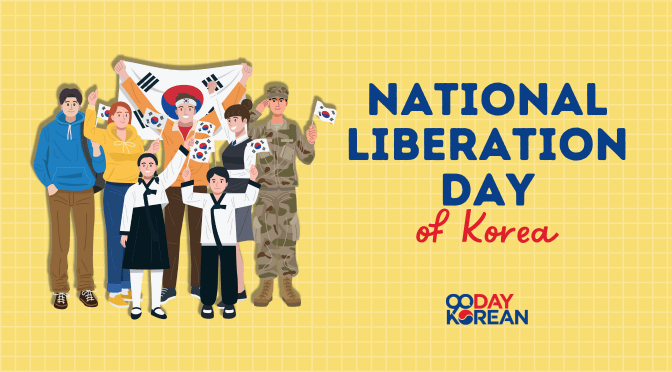
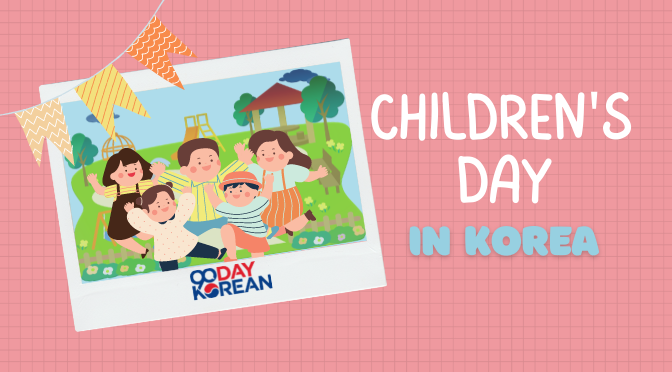

Good to see the way you introduce history of Korea to foreigners with such detailed interpretation!
Also, Independence Movement day has more to do with democracy and the republican government of Korea. The purpose of March 1st Movement was to “declare the independence of Korea”, and the provisional government of Korea, which adopted democratic constitution that proclamates Korea as democratic republic, was estalbished as the main result of the event. This provisional government continued independence movement against Japanese Empire, and their constitutions and documents were succeeded into the formal constitution of Korea in 1948, which declares the March 1st Movement was the beginning of the founding of the Republic of Korea.
Thus, It is not just a holiday that commemorates Independence movement only, but also the beginning of the Republic of Korea and the democracy, just like 4th of July in the US or El Grito de Mexico in Mexico! It used to be called as “Korean Independence Day” during independence movement period, but for some reason it is now known as “Independence Movement day”. But the history of celebrating March 1st goes back to 1920 too!
Thanks for appreciating and for your valuable sharing, Chung! ^^ If you want to know more about the Korean language and culture, you can also check our blog and visit our YouTube channel for articles and videos with great Korean content.
Today I learn something important for the history o Korea . Thank you for this !
For Us , The March 1 st is the Beginning of Spring and a Celebration of Love and Life .
For Korean , that was The Beginning of Liberty of their Country .
Thanks for your comment, Camelia! ^^ If you want to know more about the Korean language and culture, you can also check our blog and visit our YouTube channel for articles and videos with great Korean content.
First, I love the way you teach. My brain rejoices every time I get an email from you because you teach me the way I love to learn. As one from a colonised identity, it is beautiful to see nationalism in people’s stories. I was always curious about an idea I see in Kdramas where people believe that they must’ve saved their county in a past life for good fortune to come to them. I would be more curious to see how that may have aided in a national identity.
You are doing awesome work! I hope you know that.
Awesome, thanks for the comment and for your kind words. ^^